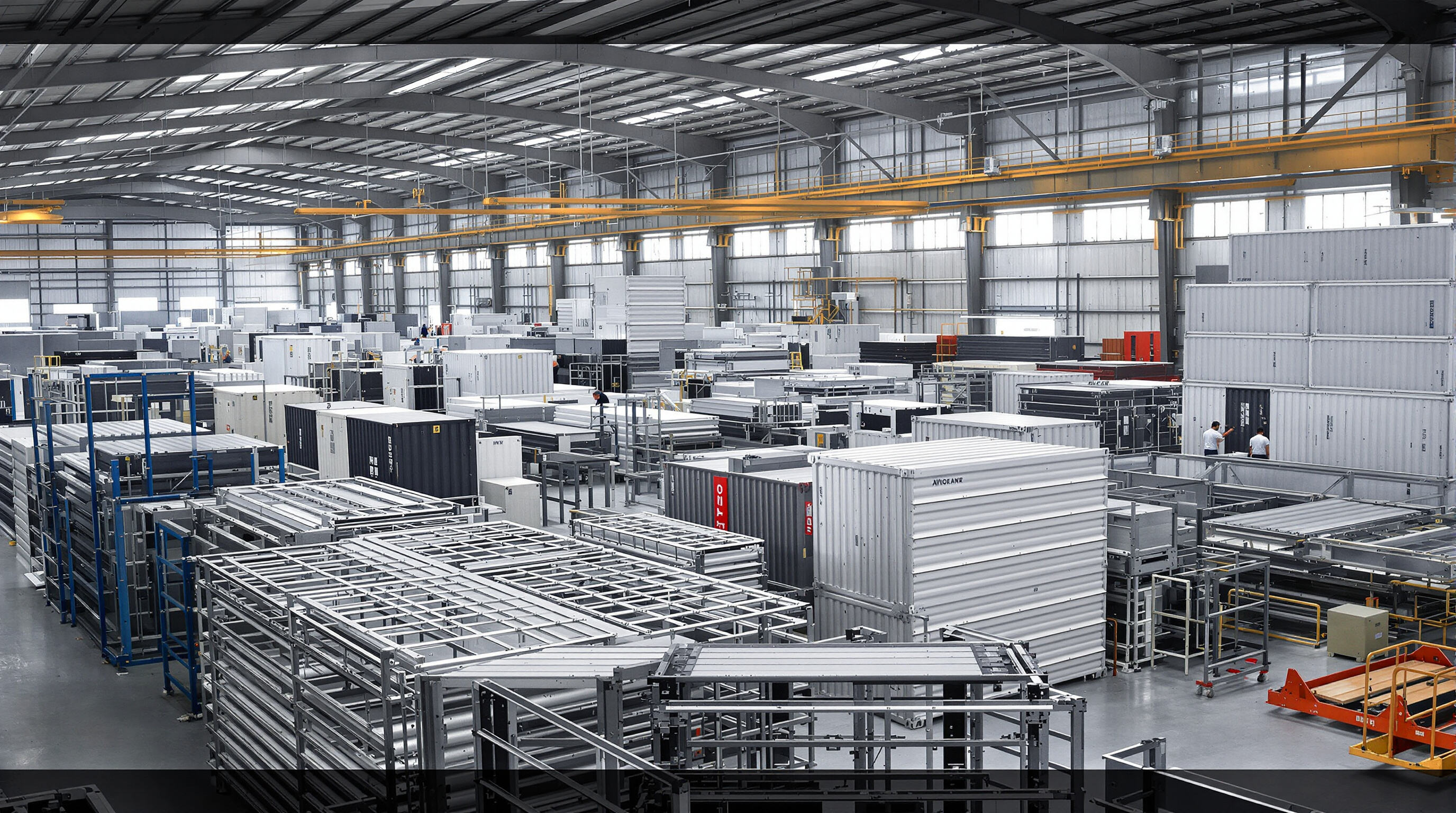Companies making detachable container homes build modular structures with steel frames and pre-made panels, offering people flexible living spaces that can be moved when needed. The industry has really taken off lately because cities are growing fast and there's demand after disasters strike. Construction happens around 30 to 50 percent quicker compared to regular building techniques according to research from the Modular Building Institute back in 2023. When everything is made following standard specs, less material gets wasted – somewhere between 15 and 25 percent reduction actually. This helps countries work toward their green targets. Plus these buildings hold up well even in harsh weather conditions, which makes sense since they're built tough from the start.
Higher material prices and difficulty finding workers are pushing more companies toward modular construction methods. According to Global Market Insights from last year, this sector should see around 6.3% growth each year right up until 2030. Many developers have started using those portable container homes because they can easily expand projects when needed. Plus these containers allow builders to install solar panels and other green tech while putting them together, which saves money later on maintenance and upgrades somewhere between 18 to 22 percent. What we're seeing here isn't just a passing fad but rather how the entire construction business is adapting to both financial pressures and environmental regulations that keep getting stricter every day.

Manufacturers must demonstrate scalable production and adherence to recognized standards such as ISO 9001 or EN 1090. Top-tier producers with streamlined workflows reduce lead times by 30–60 days compared to smaller operations. These certifications confirm structural safety and fire resistance, but verify that they apply to full assemblies—not just individual components.
Transparency in material sourcing is critical. Factories partnered with pre-qualified steel suppliers experience 22% fewer delays during adverse weather. Always request documented timelines for procurement, fabrication, and delivery. Common bottlenecks stem from unvetted subcontractors or inadequate inventory of high-demand items like insulation panels.
Third-party reviews help identify consistent post-installation service. Manufacturers scoring above 4.3/5 on warranty resolution speed typically offer structural guarantees of 10+ years. Prioritize those offering annual maintenance plans, especially for coastal installations where salt exposure increases corrosion risk.
Top designs allow full assembly within a single day without specialized tools, thanks to numbered interlocking panels and pre-installed insulation—cutting on-site labor by 60%. For transport, units must conform to ISO 668:2020 intermodal standards to avoid cross-border shipping delays and fees.
| Design Feature | Operational Impact | Cost Reduction Potential |
|---|---|---|
| Collapsible wall systems | 75% smaller folded footprint vs. rigid designs | 40% lower shipping fees |
| Pre-wired electrical | 8-hour faster installation | 25% labor savings |
Reputable manufacturers provide EN 1090 Execution Class 2 certification for steel structures and ASTM E119 fire-resistance ratings. Units should support load-bearing capacities exceeding 21.5 kN/m² for safe multi-story stacking and withstand winds up to 160 km/h—meeting Category 3 hurricane standards. Performance data should originate from accredited laboratories..
Detachable container homes cost 30–50% less upfront than traditional builds, with long-term value enhanced by lower operating expenses. Energy-efficient models reduce utility bills by 40–60% annually, and steel structures require 70% less maintenance than wood-frame buildings. Solar-ready roofs and rainwater harvesting systems can lead to full energy independence within 5–7 years.
Transport and regulatory costs can add 20–35% to initial budgets. Units weighing 3–5 tons may require specialized hauling, and urban zoning approvals take 4–8 weeks on average. Buyers should request full cost breakdowns including customs fees, crane rentals for difficult terrain, and soil testing for foundation permits.
Top manufacturers use 85–95% recycled steel without compromising strength, paired with advanced coatings effective from -40°F to 120°F. Dual-pane windows and spray-foam insulation reduce thermal transfer by 63%, while integrated solar mounts support 400W–600W systems, enhancing off-grid capability.
Repurposing one shipping container prevents over 7,000 lbs of steel waste. However, long-distance transport can offset 15–20% of carbon savings. To mitigate this, leading manufacturers optimize rail-based logistics—which emit 75% less CO₂ than trucks—and operate regional production hubs to limit shipping distances to under 500 miles.
Detachable container homes are modular structures made with steel frames and pre-fabricated panels that can be moved and reassembled when needed.
Manufacturers use recycled materials and incorporate energy-efficient features like solar-ready systems and phase-change materials for better thermal regulation.
They generally cost 30-50% less than traditional builds, with additional savings from energy efficiency and lower maintenance requirements.